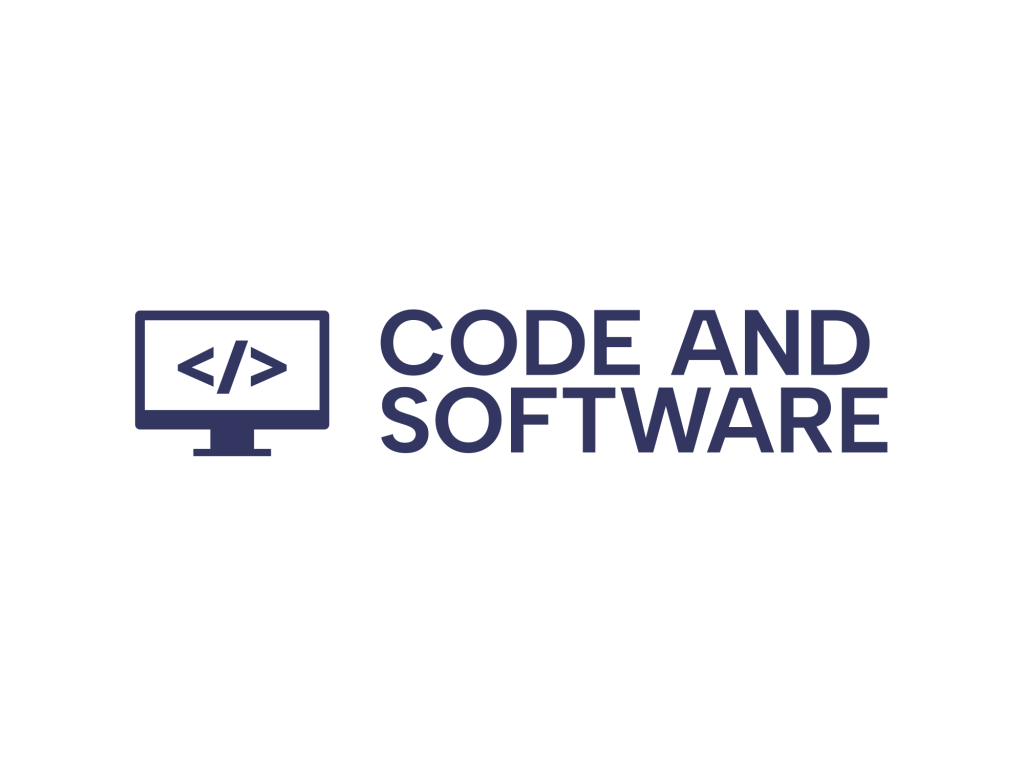Over the past few years, the term Web3 has gained increasing attention in the tech world and beyond. But for many, it still remains a buzzword—vague, intimidating, and misunderstood. If you’re not quite sure what Web3 really means, you’re not alone. This guide will help clarify what Web3 is, how it differs from the current web, and why it matters for the future of the internet.
So, What Is Web3?
Simply put, Web3 is the next evolution of the internet. It refers to a decentralized web built on blockchain technology, where users have greater control over their data, identity, and online interactions. Unlike today’s internet, largely controlled by a few powerful tech giants, Web3 seeks to give control back to the users.
To understand Web3, it’s helpful to look back at the previous eras of the internet:
- Web1 (1990s – early 2000s): This was the early internet, consisting of static HTML pages. Users could read information but had limited ways to interact with it.
- Web2 (mid-2000s – today): A more interactive web, characterized by social media, user-generated content, and centralized platforms like Facebook, Amazon, and Google.
- Web3 (emerging): A decentralized internet where applications run on peer-to-peer systems like blockchains. Users own their data and interact with decentralized applications (dApps).
Key Features of Web3
Web3 introduces several revolutionary concepts that differentiate it from Web2:
- Decentralization: Control and governance are spread across a network instead of being managed by a single entity.
- Blockchain Technology: All transactions and data are recorded transparently and immutably on decentralized ledgers.
- User Ownership: In Web3, users can truly own digital assets like tokens, artwork (NFTs), and their own data.
- Smart Contracts: Self-executing code that facilitates and automates agreements between parties without intermediaries.
- Token Economies: Cryptographic tokens incentivize network participation and value exchange in decentralized ecosystems.

Why Does Web3 Matter?
The promise of Web3 lies in its ability to reshape power dynamics online.
Today’s internet economy is dominated by centralized platforms that often profit from user data. Web3 offers a vision of the internet where transparency, privacy, and autonomy are prioritized. For example, instead of relying on centralized servers, Web3 apps (dApps) run on blockchain networks, ensuring no single point of failure and enabling censorship-resistant applications.
In this decentralized model, users can:
- Monetize their contributions directly through token rewards.
- Control their online identity using decentralized identifiers (DIDs).
- Participate in governance decisions via tokens in decentralized autonomous organizations (DAOs).
Examples of Web3 in Action
Though still emerging, there are already tangible examples of Web3 principles being applied:
- Cryptocurrencies: Bitcoin and Ethereum are decentralized currencies enabling peer-to-peer financial transactions.
- Decentralized Finance (DeFi): Platforms like Uniswap and Aave allow users to lend, borrow, and trade assets without intermediaries.
- Non-Fungible Tokens (NFTs): Artists and creators use NFTs to sell digital art and music with verifiable ownership.
- Decentralized Social Networks: Applications like Lens Protocol and Mastodon offer user-controlled alternatives to traditional platforms.

Challenges and Concerns
While Web3 holds immense potential, it also faces significant challenges:
- Scalability: Current blockchain networks often struggle to handle large volumes of transactions.
- User Experience: DApps can be difficult for the average user to interact with due to technical complexity.
- Regulation: Governments are still determining how to regulate decentralized technologies, leading to uncertainty.
- Security Risks: Smart contracts are not immune to bugs and exploits, and users have full responsibility for asset management.
Despite these issues, ongoing development and innovation continue to address many of these limitations, and adoption is steadily growing.
The Future of the Internet?
Web3 is not a single product or technology—it’s a vision for a new kind of internet. One where trust is established through code rather than intermediaries, where individuals control their identities and data, and where participants share in the value they help create.
For beginners looking to get involved, consider exploring reputable wallet providers like MetaMask, experimenting with small transactions on DeFi platforms, or reading about emerging protocols like Ethereum, Solana, or Polkadot.
The path forward for Web3 is still being built—but one thing is clear: it has the potential to remake the digital world as we know it.


Leave a Reply